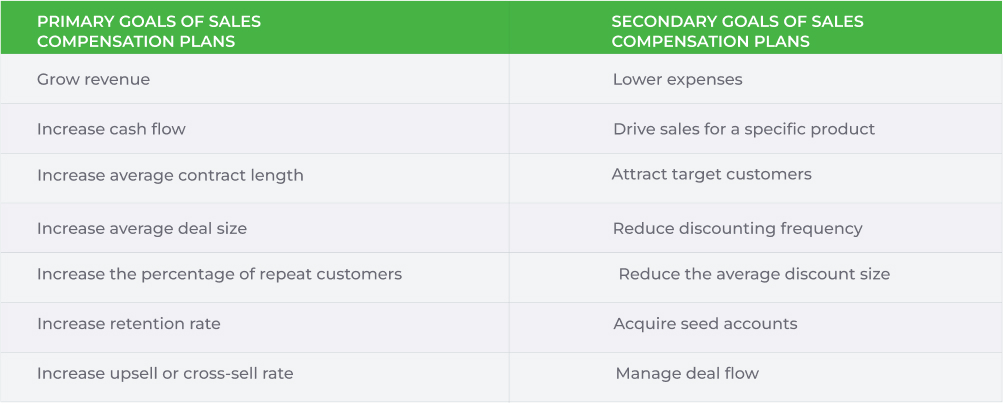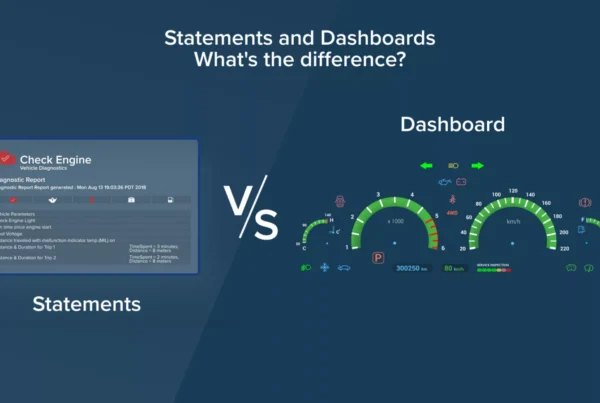First-Ever Sales Commission (A Fictional Story)
Once, there was a farmer who had an onion farm. He used to harvest onions and sell them in the city. One beautiful evening when he was winding up his store, a young man reaches out to him and says;
Young Man: I can help you sell your onions in the city; you won’t have to travel, I will come to get them and sell them in the market for you.
Framer: Dear young man, I can’t pay you for it, I am not that wealthy, and I am not able to sell much either.
Young Man: That’s ok, don’t pay me a wage, just pay the commission from the sales I will make, pay me on the basis of my sales.
Farmer: A commission! Well, that’s a good understanding to have, that way I will be able to concentrate more on my production while you work on sales, that’s a good idea.
Young Man: Yes, and I will make more efforts to sell more to earn more!
Sell more to earn more – the philosophy behind sales commission.
Designing A Sales Compensation Plan
Not everyone agrees with the plan you suggest – and not everyone thinks the way you perceive situations; you designed a perfect compensation plan as per your understanding, but wait; there are certain angles that you didn’t even consider.
Take a step back – move away; you are too close to see the whole picture. There is more to it – designing a sales compensation plan is not as easy as it looks because all the departments will have a say, be it HR or Finance, and all of them will have a different perspective.
The money a sales rep receives for his work – is referred to as sales compensation, but unlike other salaries, it is dependent on a few parameters. It’s a combination of the base salary, sales commission, and additional monetary incentives, which is the reason sales reps have fluctuating salaries.
The Mantra From The Pundits Of Salescomp
Step 1: Know where you stand
Identify revenue expectations, know how many reps can be inducted, and draw a framework on which you will design your compensation plan.
Step 2: Determine What You Desire To Accomplish.
Decide your destiny, and then only you can plan your trail. List down both; primary and secondary goals and highlight your priorities which will help you set resting points on the path where you can feel a sense of accomplishment, have some rest, and prepare for the next venture.

Step 3: Shortlisting a suitable plan
You shouldn’t be the only one to make all the decisions as your compensation plans affect the algorithm of the company, there will be departments who will have their say, and it’s a must to have a thumbs-up from all the stakeholders.
HR will be concerned about its impact on retention and recruitment rate. Company culture must be under consideration, said the HR manager.
The finance department will be concerned about the complexity of it (Not an issue anymore as SalesComp got it covered) also the impact it will have on expenses.
The sales manager wants it to be motivational and help drive more sales.
Considering all the variables, you will decide on the compensation plan type; even if you do it all right, there will still be some adverse faces.
While determining the time of paying commissions, there are four standard options.
Payment On Booking
Paying at the time when a customer signs up can be a good motivation for a sales rep, but it might not be that favorable for the organization as there can be a delay between signup and first payment.
Pay On First Payment
Paying a salesperson the moment your company receives the money from the client is a common practice; there can be setbacks, which can always be dealt with such as adjustments like clawback.
Compensate Reps On Every Invoice a Customers Pays
To eliminate cash flow concerns, paying a commission on every invoice can be helpful, but its complexity rises if you have a tight budget or a large team.
Benchmark driven structure
To keep your reps motivated to do more, you set a benchmark, and a salesperson will only be paid if he reaches the target; you can also penalize them for continuous underperformance.
Step 4: Decide On a Quota
Quota, also known as goal or target, is the amount a salesperson must sell to receive a commission for a specific period.
The question is; what parameters will decide the quota? – Dependency is on which basis you decide to structure your sales quota.
Activity-Based:
Decide several activities that a sales rep must perform regularly to attain the quota set. This solution fits best for business development representatives (BDRs) & sales development representatives (SDR)
Volume Based:
Set a number for units that need to be sold by a sales rep; you assign a number, for example, 100 units to be sold, but within a particular time, let’s say in one month.
Profit Based:
In this, you assign a profit amount to your sales rep, regardless of the number of units they sell. The solution fits best for businesses with a vast product range.
Cost-Based:
Used in service industries, you have a target to achieve a certain amount of sales defined by its cost. Every company sets a particular cost for each service, and by selling those services, the sales rep can attain the target.
You can opt for any of the one options, or there is a solution to make a combination of two-three options: to create a mixed platter. In the B2-B industry, managers often opt for a combination.
Step 5: Select a Sales Compensation Application
No! you need technology to help you implement the ideas you designed; manual management is time-consuming, error-prone, and complex; to concentrate more on sales, you need to have a time-efficient solution which is where SalesComp comes in.
Last: Prepare the guidelines to help keep your compensation plan, the way you designed.
Consistency creates effectiveness; there can be repulsive behavior, but you need to find solutions to manage reactions. The evolution of the business might also have an impact on the plan, but the suggested plan must be flexible to adopt the change and incorporate it smartly.
Just remember,
With an effective approach, the right tools, wisdom, and help of experience, you will be able to design a plan that works for ages,
Flexibility to adopt changes is key; justification of each restriction should be mentioned, and a sub-clause for each complex statement to be provided.
Self-explanatory plans are easier to be adopted as after the induction there will be a shift and you need to make sure it’s a smoother one.

